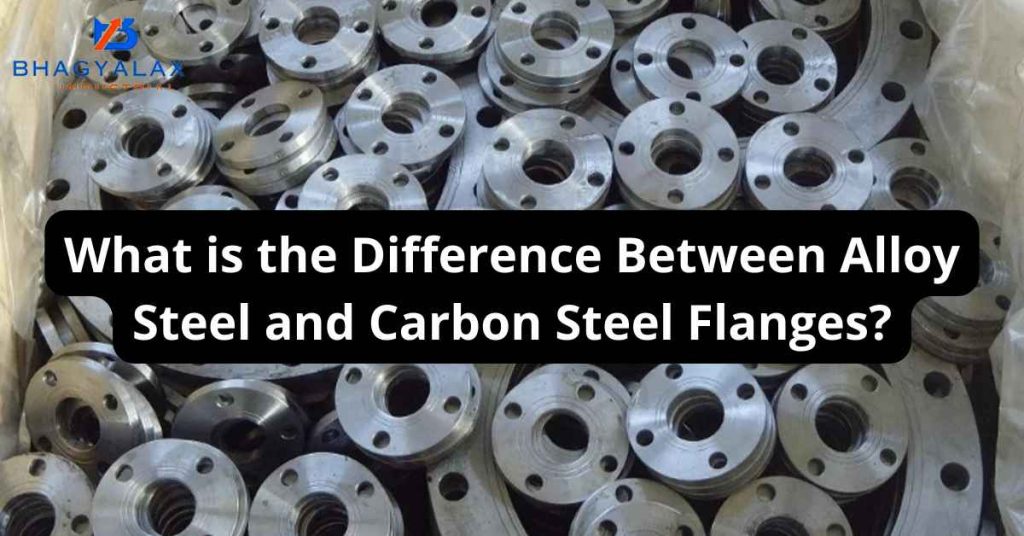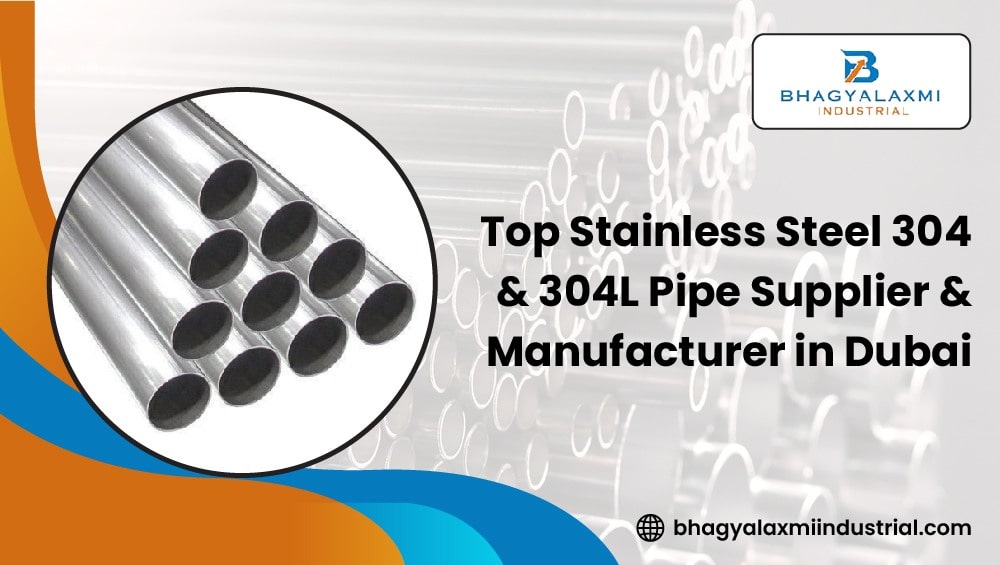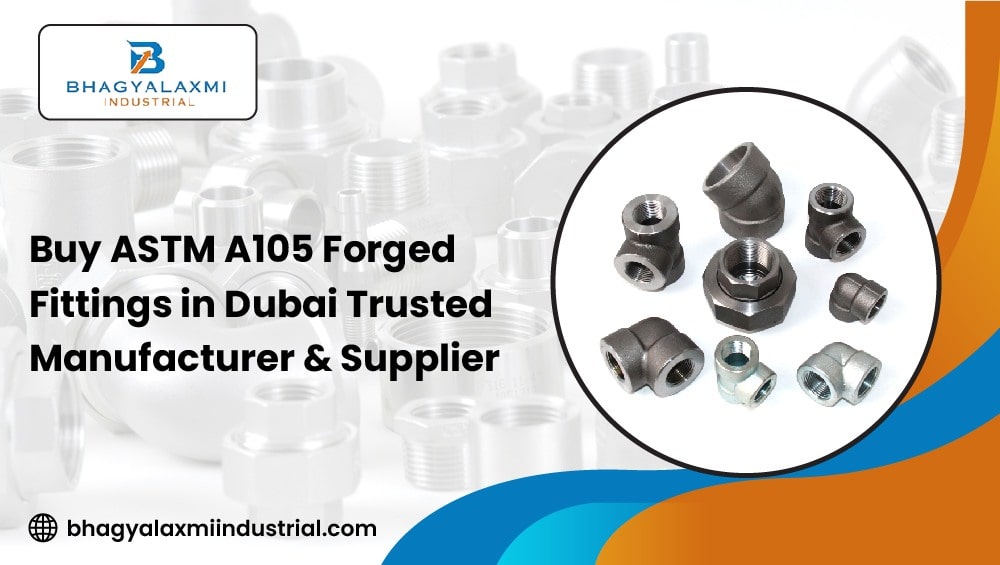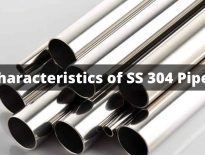Difference Between Alloy Steel and Carbon Steel Flanges
Flanges made from carbon steel and alloy steel are distinct materials, even though they are equally common. Different alloy steel components may be required for different applications. There is less than 2% carbon WC in carbon steel, often referred to as iron-carbon alloy. As well as carbon, silicon, manganese, phosphorous, and sulfate, it typically contains trace amounts of carbon.
What is Alloy Steel?
Adding an alloy to steel improves its mechanical properties. Combining diverse components results in innovative solutions. However, alloy 20 sheets of steel refer to steels that have other elements intentionally added other than vanadium, silicon, boron, molybdenum, manganese, chromium, and nickel.
What is Carbon Steel?
It consists of more carbon than ordinary iron and is therefore called carbon steel. Mild carbon steel has an average carbon content of less than 0.30 percent, and medium carbon steel has an average carbon content of 0.30 percent to 0.60 percent. High-carbon steel has an average carbon content greater than 0.60 percent.
Comparison Between Alloy Steel and Carbon Steel
Advantages of Alloy Steel Vs Carbon Steel
- Resilience to corrosion
- Potent components
- Highly efficient
- Thermal transfer characteristics
- Long-lasting
- Hard
- Portability
- Extreme tensile strength
- Good physical strength
- High ductility
- long-lasting
- Process-ability
- Economical / Cost-effective
- Does not harm cookware
- Environmentally friendly
Applications of Alloy Steel
The low cost of alloy steel enables it to be used in a variety of sectors due to its versatility. As well as military vehicles and heavy machinery, battleships, pipelines, compressed gases, and offshore oil platforms, it is also used in a variety of applications.
The use of high Alloy 20 Flanges in different applications is widespread due to its many advantages, such as building components, engines for cars, and processing facilities for petrochemicals.
Applications of Carbon Steel
When a high degree of strength is required, carbon steel flanges are a popular material. Carbon steel pipes can be found in different applications, including pipelines, architectural elements, bridge components, containers/cans, and others. Low-carbon steel is common in some applications, including vehicle components.
The material is commonly used as part of the machinery, train tracks, engine components, train wheels, and gears that require high strength and hardness. High carbon steel can be used for scissors blades, punches, cold sets, rock drills, screwdrivers, cold chisels, band saws, bumpers, anvil faces, hammers, bolts, round wires, huge dies for cold presses, machine edges, high-strength wires, and springs.










